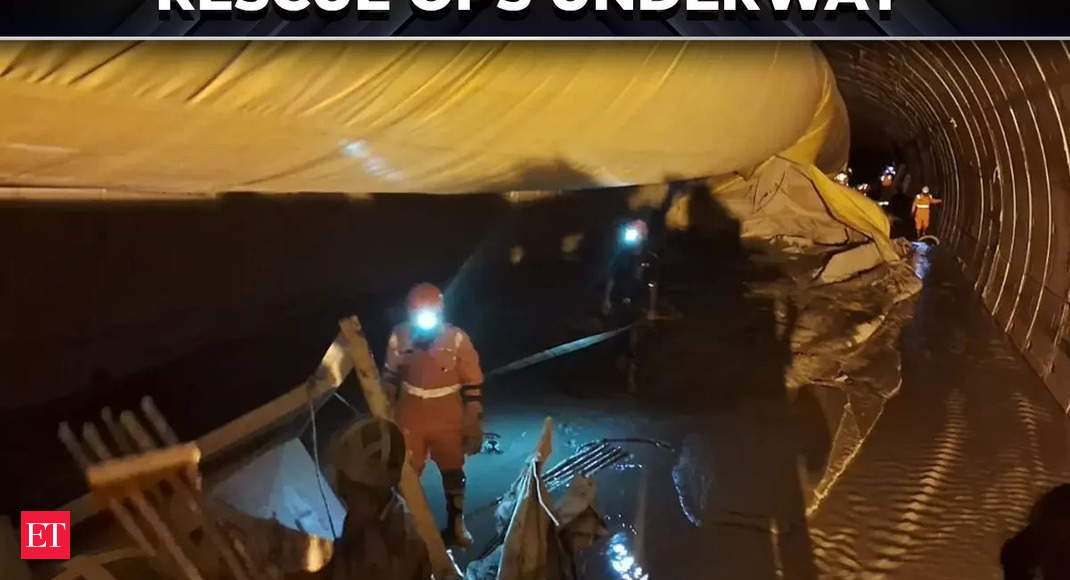Improving air quality in India requires long-term effort, according to US scientist Richard Peltier. He emphasizes that costly technologies like smog towers and cloud seeding are not sustainable solutions to the air pollution problem in India. Peltier draws a comparison to the US experience with the Clean Air Act, which took several decades to achieve improved air quality. He highlights the need for patience and a marathon-like approach to address the issue. Peltier also explains the limitations of smog towers and cloud seeding in effectively improving air quality throughout cities. He states that these technologies may work on a small scale but are impractical and insufficient for entire cities due to cost and maintenance challenges. Peltier further argues that cloud seeding is not a sustainable or long-term solution. He questions the practicality and desirability of continuously flying airplanes and artificially inducing rain to combat air pollution. Peltier also addresses the lack of precision in estimating air pollution levels in India due to limited distribution of air pollution monitors. He acknowledges that while there is a good understanding that air pollution is severe across India, more monitoring is necessary to have a comprehensive and accurate assessment. The article cites statistics from Greenpeace India and the Energy Policy Institute at the University of Chicago to underscore the gravity of India’s air pollution problem and its impact on public health. It concludes by highlighting the importance of long-term efforts and sustainable solutions in addressing air pollution in India.
Smog Towers and Cloud Seeding Not Solution to India’s Air Pollution Problem: US Scientist

-
Uncategorized








